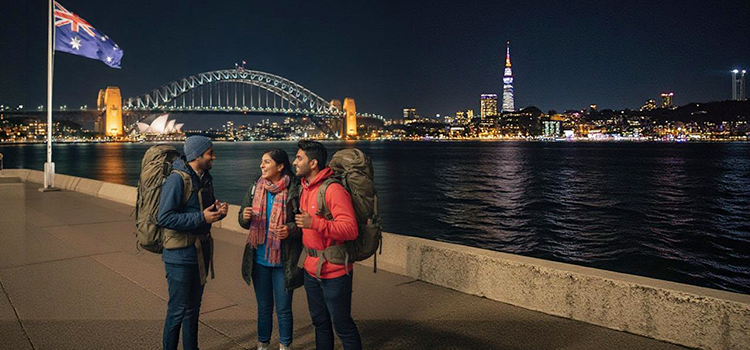- Bardoli, Gujarat
- info@jasoverseas.com
- Monday - Saturday: 10:00 am to 6:00 pm

This is the primary visa for Indian citizens wishing to visit Australia for tourism, to see family and friends, or for short-term business activities. This visa has several streams tailored to the purpose of your visit.
This is a special visa category available to a limited number of young Indian citizens each year.
This visa is for travellers who need to pass through Australia on their way to another country.
It is important to be aware of two common electronic visas that are not currently available to Indian passport holders to avoid confusion:
